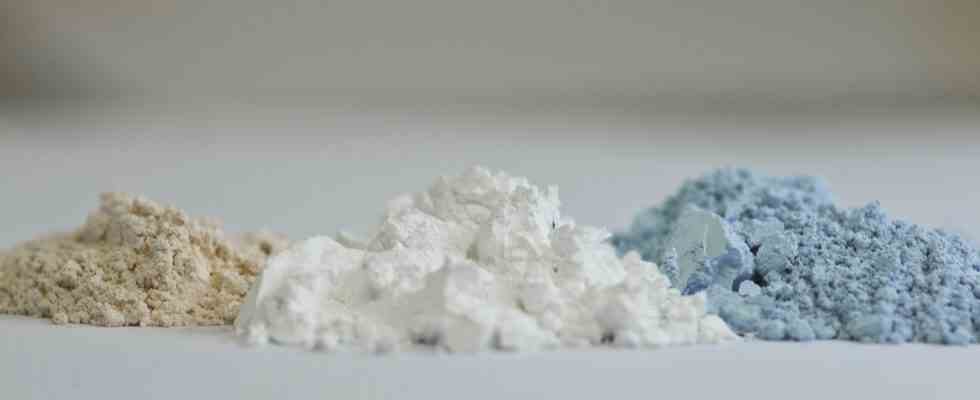Status: 01/24/2023 11:33 a.m
Rare earths are indispensable for the production of batteries and semiconductors. According to the Federal Statistical Office, Germany imports around two-thirds of them from China – and is therefore highly dependent.
When it comes to rare earths, Germany is highly dependent on supplies from China. According to the Federal Statistical Office, around 5,300 tons of these raw materials worth 49.3 million euros were imported from January to November 2022.
About two thirds from China
65.9 percent of the coveted metals – around two thirds – came from China. For some of the rare earths, the proportion of imports from the Far East was even higher.
94.4 percent of the metals scandium and yttrium were imported from China. Compounds of lanthanum, neodymium, praseodymium and samarium – which account for a large proportion of the imported rare earths – came to 75.4 percent from the People’s Republic. Rare earths are indispensable for batteries, semiconductors and magnets in electric cars, among other things.
Share from China has increased since 2021
China was already the most important country of origin for rare earths for the German market in 2021. Almost 3800 tons worth 13.2 million euros were imported from the Far East, which corresponds to a share of 66 percent.
This was followed by Austria with a share of 21 percent and Estonia with six percent. “None of these metals were imported into Germany from Sweden – the country with a recently discovered and probably largest known deposit of rare earths in Europe in 2021,” according to the statistics office.
The import volume as a whole has fallen sharply in recent years, but the value has not: in 2016 Germany imported 9,700 tons of rare earths, their value was 50.1 million euros.
Rare earth
A total of 17 basic metal materials are referred to as rare earths, including scandium, yttrium and lanthanum. The elements have extraordinary properties and are considered indispensable for metal alloys and special glasses. They play an important role in many key technologies. Their use ranges from batteries to mobile phones, lasers, flat screens to air force systems. The raw materials are also important for the production of hybrid vehicles.
The basic elements themselves are not rare, some are even common. However, most of the known deposits are in China and are almost exclusively mined there. Since China offered the raw materials comparatively cheaply for a long time, it was not worthwhile for many industrialized countries to produce them themselves. Some mines have even been closed again.
Dependence on China ‘alarming’
Politics and science are alarmed by the enormous dependency on China. Russia has “drastically demonstrated how autocratic regimes’ dependence on raw materials can be used as a means of political pressure and what serious economic consequences this dependence has,” said Lukas Menkhoff, head of the World Economy department at the DIW, in view of the sharp reduction in energy supplies after the beginning of the war against Ukraine recently the Reuters news agency.
According to the DIW, no individual actions help to reduce such dependencies, only a whole bundle of measures. More supplier countries should be used: Rare earths could also be obtained from Brazil, India and Australia.
It is also recommended to supplement storage with mandatory minimum reserves. The procurement of relevant raw materials should also be bundled across Europe in order to counteract the market power of the few suppliers.

